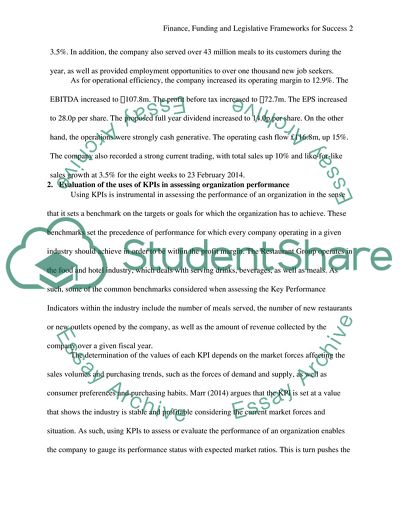Finance, Funding and Legislative Frameworks For Success Assignment. https://studentshare.org/finance-accounting/1861050-finance-funding-and-legislative-frameworks-for-success
Finance, Funding and Legislative Frameworks For Success Assignment. https://studentshare.org/finance-accounting/1861050-finance-funding-and-legislative-frameworks-for-success.


